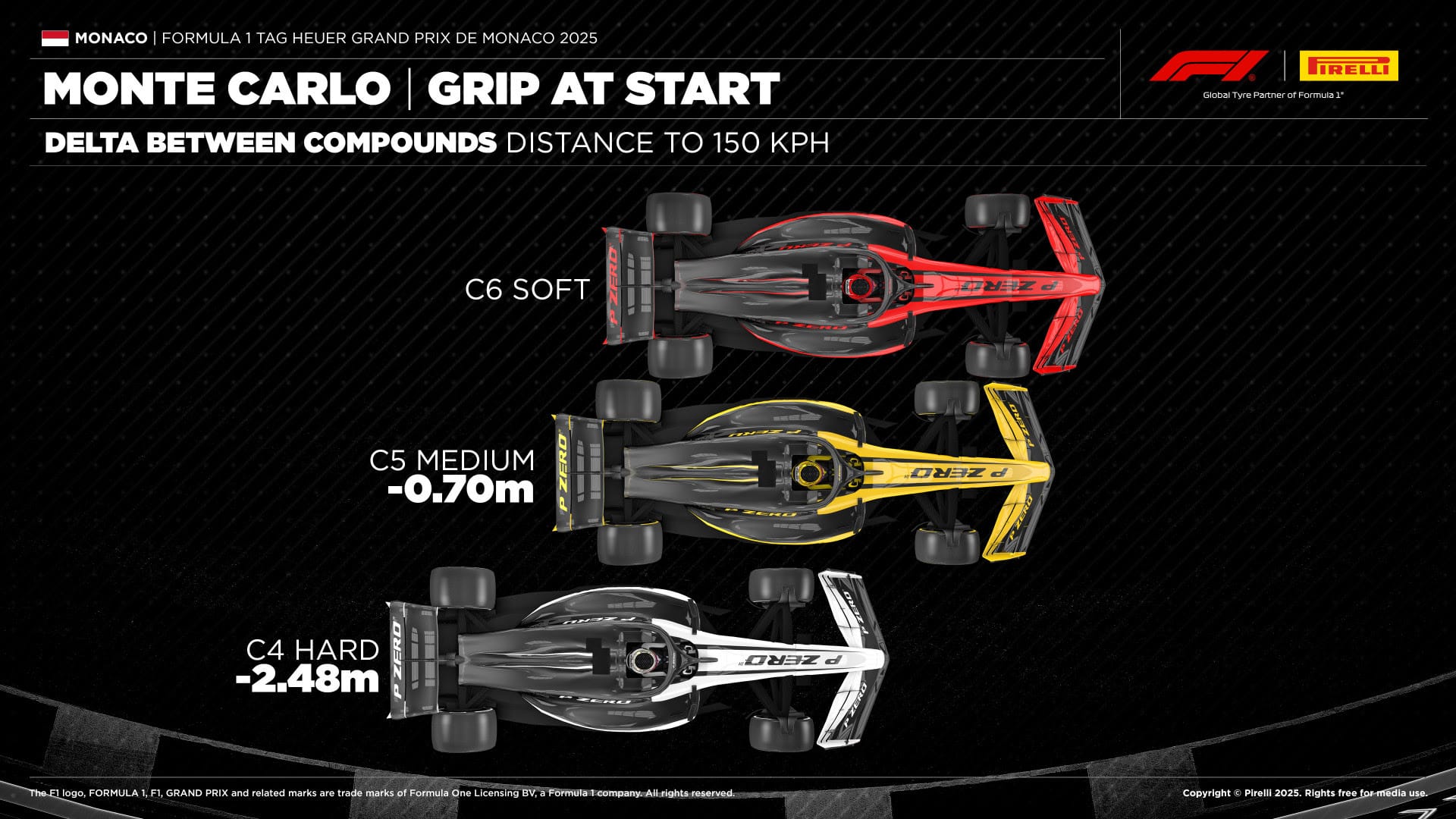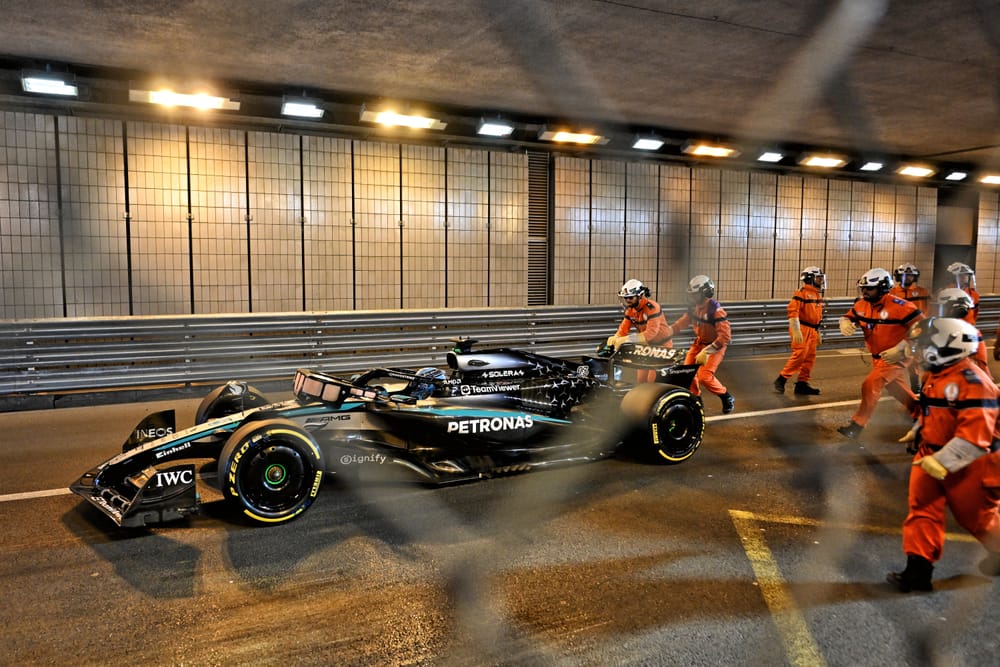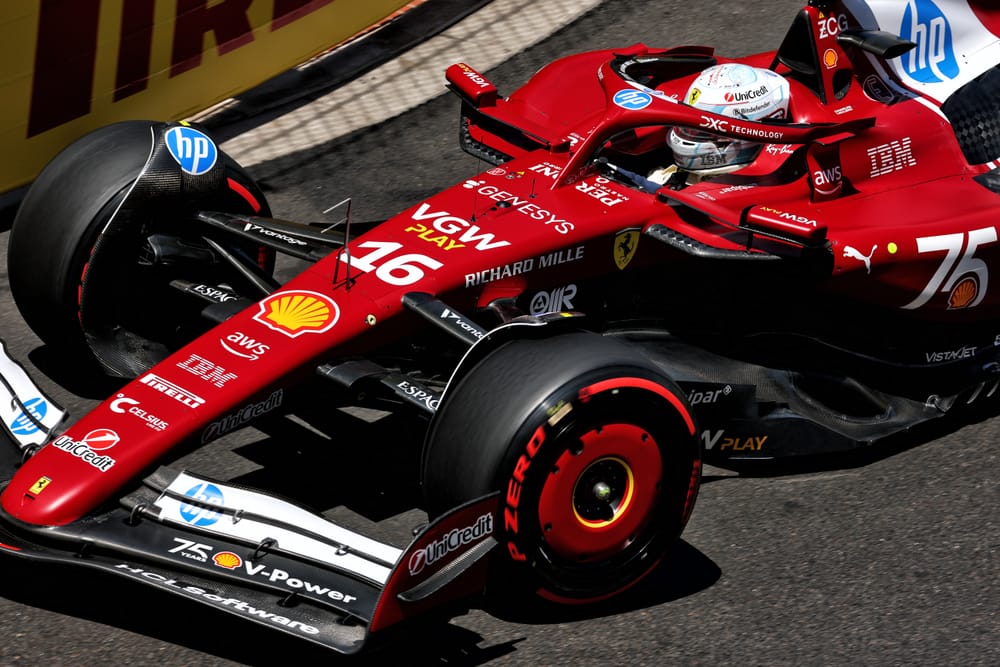What began life as a fairly simple rule change to spice up Formula 1’s Monaco Grand Prix with an extra pitstop has morphed into open talk of “chaos” being unleashed on the streets of Monte Carlo.
Whereas two stops triggered by tyre wear are fairly easy for teams to navigate, it is Monaco’s unique near zero-deg nature, lack of overtaking opportunities, plus safety car and red flag risks, that have opened the door for an event that senior figures say is impossible to be sure how it will play out.
In fact, Pirelli's own tyre strategy prediction for the event summarised things in simple terms: "Anything can happen."
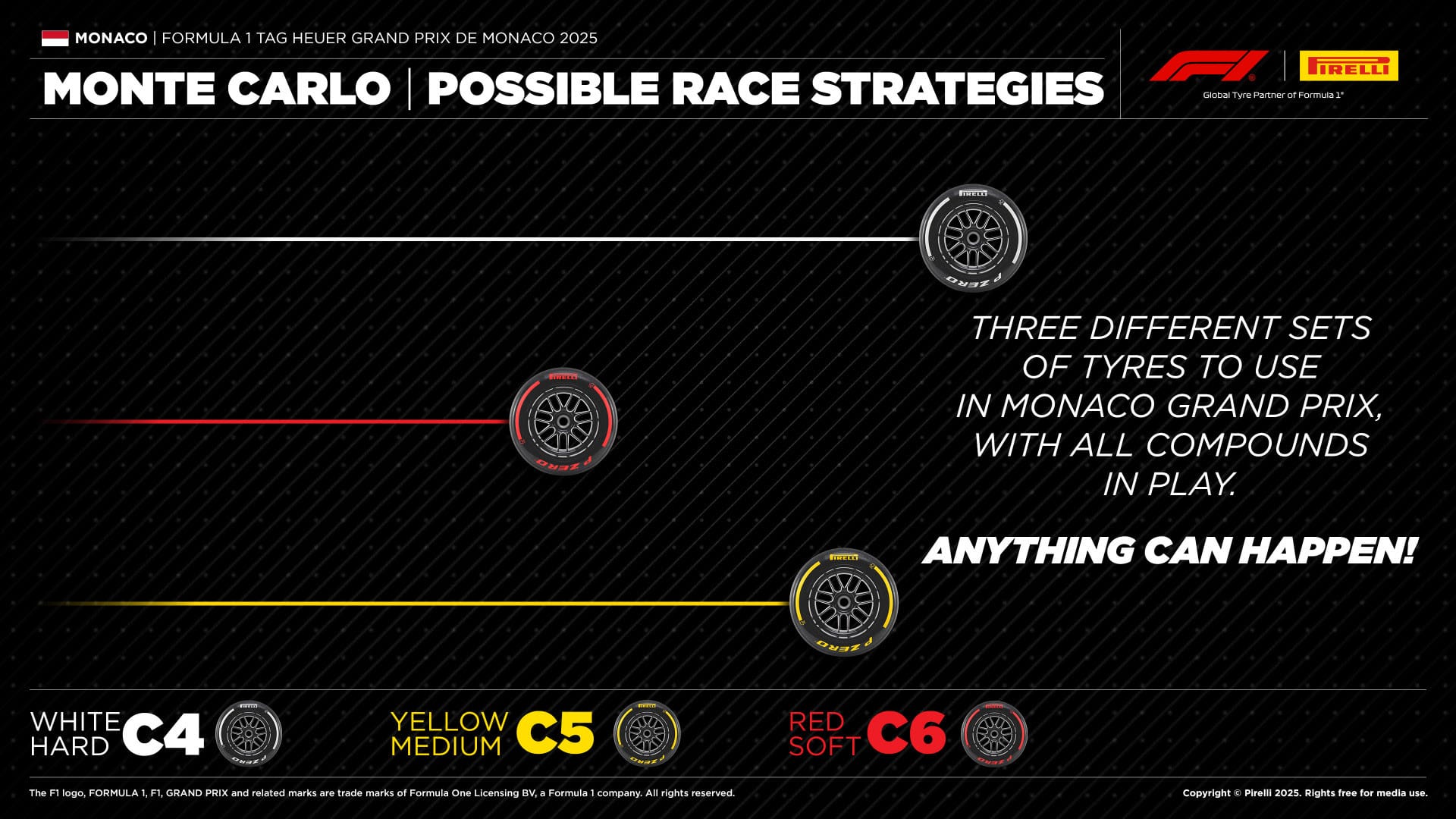
Perhaps the biggest headache teams at the front are going to face is not of them being outsmarted by those cars they are directly fighting – it’s of cars well down the pecking order rolling the dice and pulling off a strategy that they simply cannot cover.
As front row starter Charles Leclerc said: “I think it’s going to be a bit of chaos, but we’ll see how it plays out.
“I think there’ll be a lot of strategy games, and we’ll see who comes out on top. But I think we might be under pressure from cars that we probably don’t expect, from the back, which might make everything interesting. “
Those at the front cannot afford to pit earlier than normal because of the downsides of getting stuck in traffic, while those at the back have nothing to lose as, with passing so hard, the only way to make progress is going to be bold.
As Ollie Bearman, who is starting last, said: “I think we can do something crazy and benefit from that. I've had a few ideas and starting from last we can take the maximum risk to try something. I'm not sure what that would end up being, but let's see.”
FIA closes off loopholes
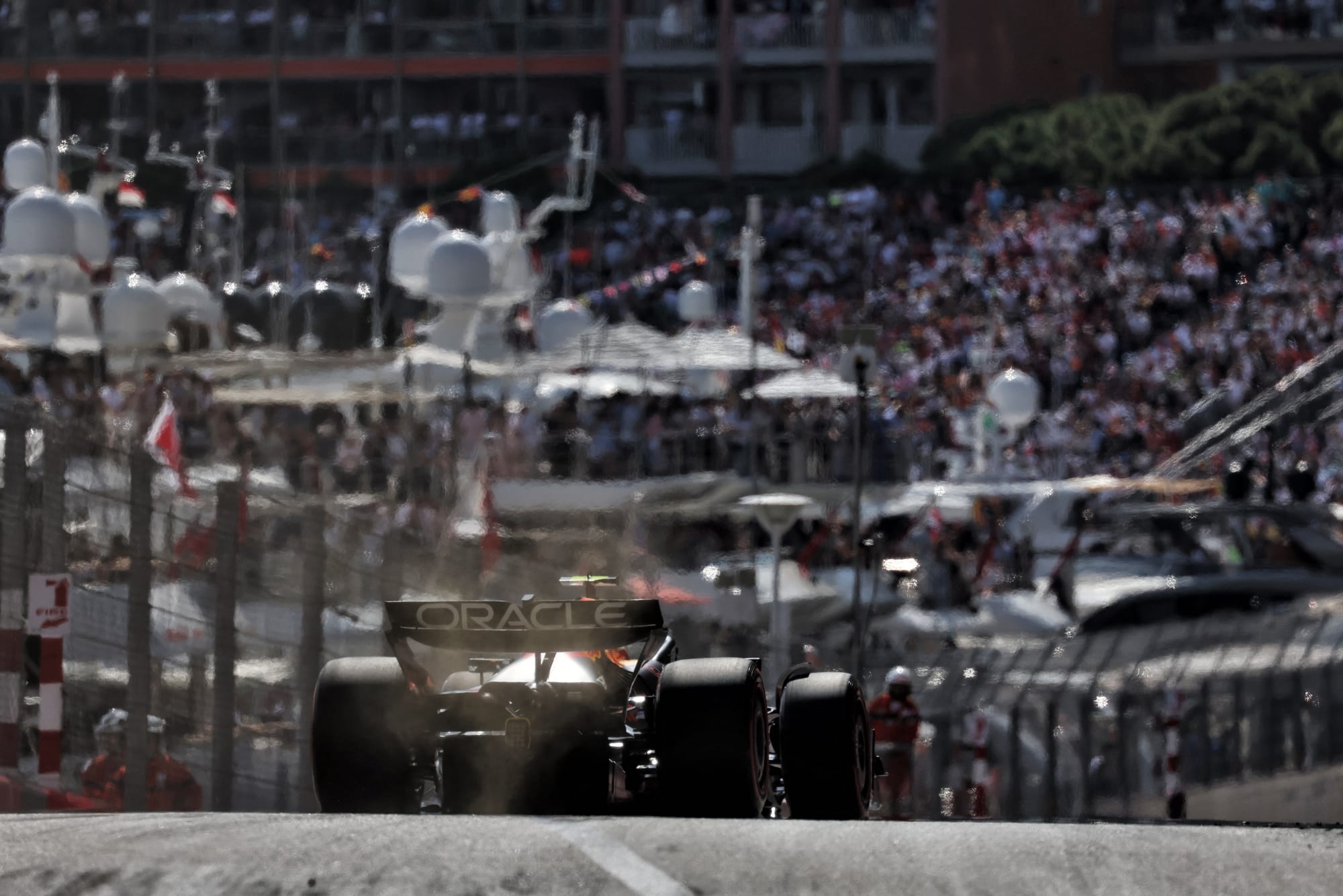
There has been plenty of talk about teams at the back trying to cycle through their mandatory stops early on – especially with tyre degradation being so low that the medium and hard compound could last a full race distance.
But one interesting aspect that has emerged at Monaco is that teams have been probing the rules to see if there are ways to actually bin off sets of tyres in alternative ways.
One clarification that was sought and the FIA responded to was whether or not a driver could even stop on the formation lap to change off his first set of tyres.
Digging deep into the regulations, there is no specific rule that says tyre changes will not count if they are done after the formation lap.
Article 30.5 of F1’s Sporting Regulations that details use of tyres states: “Tyres fitted in the pitlane will be deemed to have been used once the car’s timing transponder has shown that it has left the pitlane with these tyres fitted.
“Tyres fitted on the grid will be deemed to have been used when the car leaves its grid position under its own power with these tyres fitted.”
The argument being suggested by some was that if a car began the formation lap it would be leaving its “grid position under its own power” and therefore a dive into the pits ahead of the start would mean them having already used one set and moving on to their second.
Over the Monaco GP weekend, however, the FIA has made it emphatic that its interpretation of the rules does not agree with this stance.
It states that the tyre requirement for Monaco is clear in the rules: “For the race in Monaco, each driver must use at least three (3) sets of tyres of any specification described in Article 30.1a)i) during the race.”
Subsequent wording about the starting procedure in Article 44.10 references that the “race” does not begin until the lights go out – so any tyre changes done before that point do not count.
It states: “At any time after the one-second light appears, the race will be started by extinguishing all red lights.”
As the FIA has made clear to teams, tyre changes only count if a car’s timing transponder shows that they have either started the race from the grid, or crossed the pitlane exit line once the race has started.
And that demand to cross the pitlane exit line also removes any notion of putting a set of tyres on the car in the pits, take them off again and then fit another set – and then trying to argue that three sets have been used.
Teams have also been told that refitting tyres (so putting back on a hard tyre that was used at the start of the race for the final stint) will not count as complying with the requirement to use three different sets.
The red flag complication
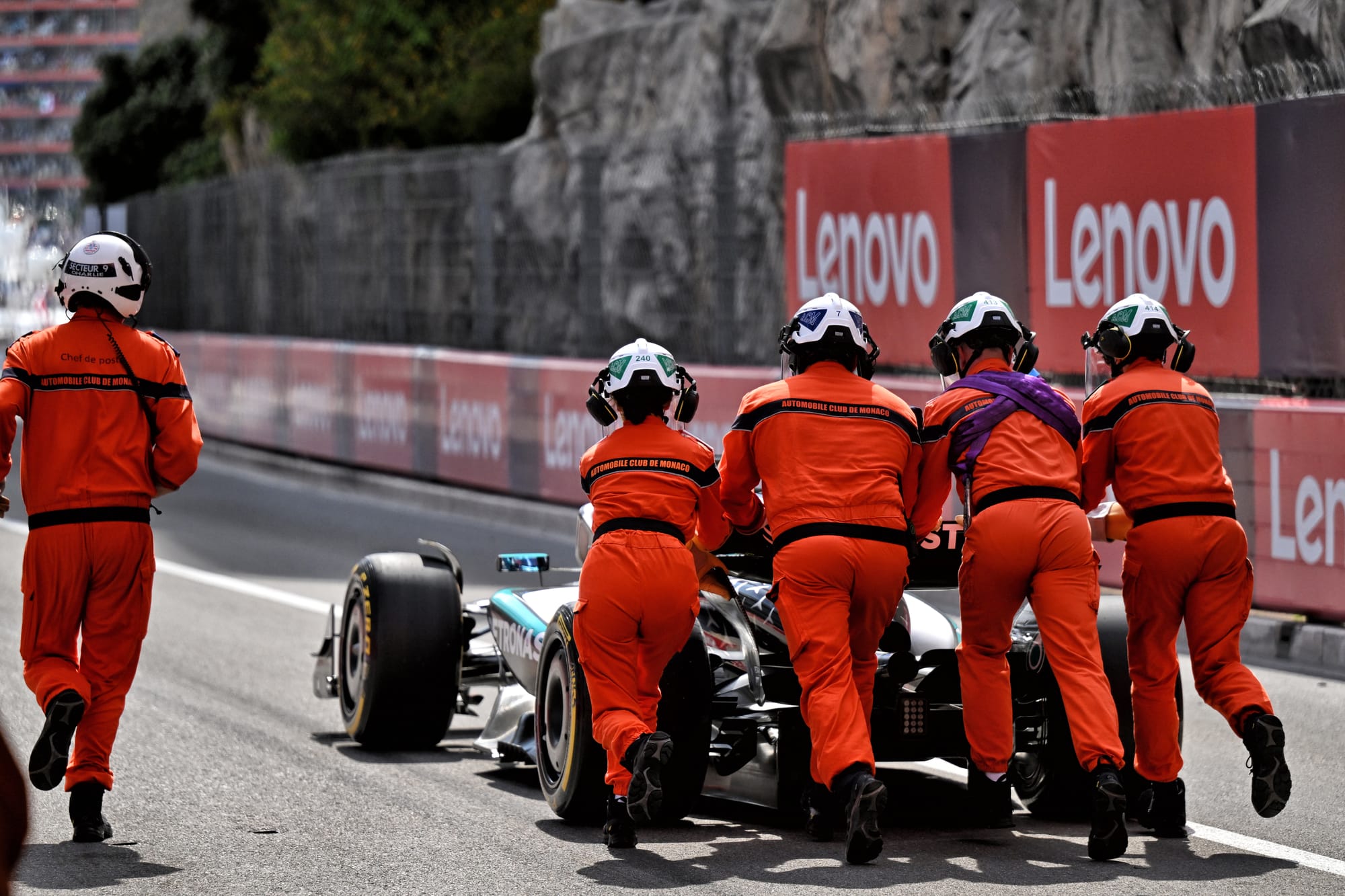
One of the ways in which the leaders could get a reprieve from any stress about tyre strategy is with red flags intervening.
Such a stoppage allows for a free tyre change, so if there are two red flags over the course of the race then nobody will have to worry about strategy calls and the event will turn into the kind of no-stopper that it was last year.
But a red flag at the wrong time could be incredibly bad news for the leaders – and open up a golden opportunity for those further back.
With the stipulation that a tyre change counts when a driver leave the pits, then if someone pits early, leaves the pits and then a near immediate red flag is called, he will then be given a free tyre change to move on to his second and final set – whereas everyone else will still have another stop to make.
Should that driver be in a semi decent position up the order so can stay within the pit stop time of the leader, then the race victory could open up for them.
Safety Car worries
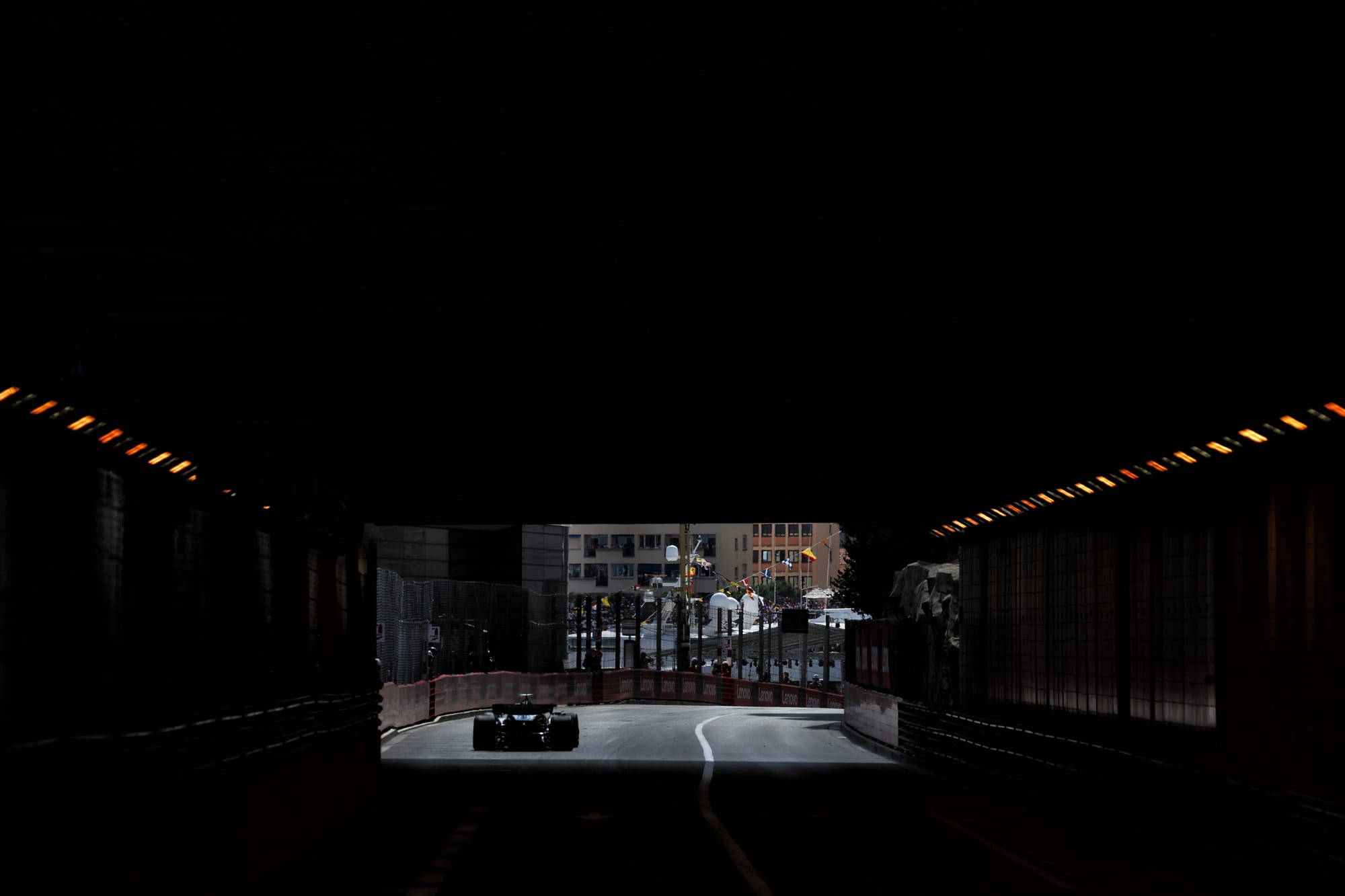
The most likely trigger for people to make pitstops will be if the safety car comes out – as the time loss is much less than at full racing speeds, and it will negate any advantage that those at the back who had pitted in clear air had tried to gain.
But one fear that Pirelli motorsport director Mario Isola has expressed is what happens if there is a long safety car that opens the door for multiple stops.
He worries that there could be a mess if there is an extended safety car period and teams find themselves forced to make pit stops in a very tight and crowded scenario.
Isola said: “I'm worried, to be honest, about one situation which is a long safety car. Because if there is a long safety car like Imola where we had eight laps, it means that everyone will come in once or twice in two laps, because it makes sense.
“It means you don't have any more obligation for the rest of the race. But the problem is that 20 cars in this pitlane... I'm not sure that they have enough space to fit them all.
“The risk is that if you have the second car of the team that is not able to come in, he is in the fast lane, so blocking other cars. It will be a little bit difficult.”
Impossible to predict
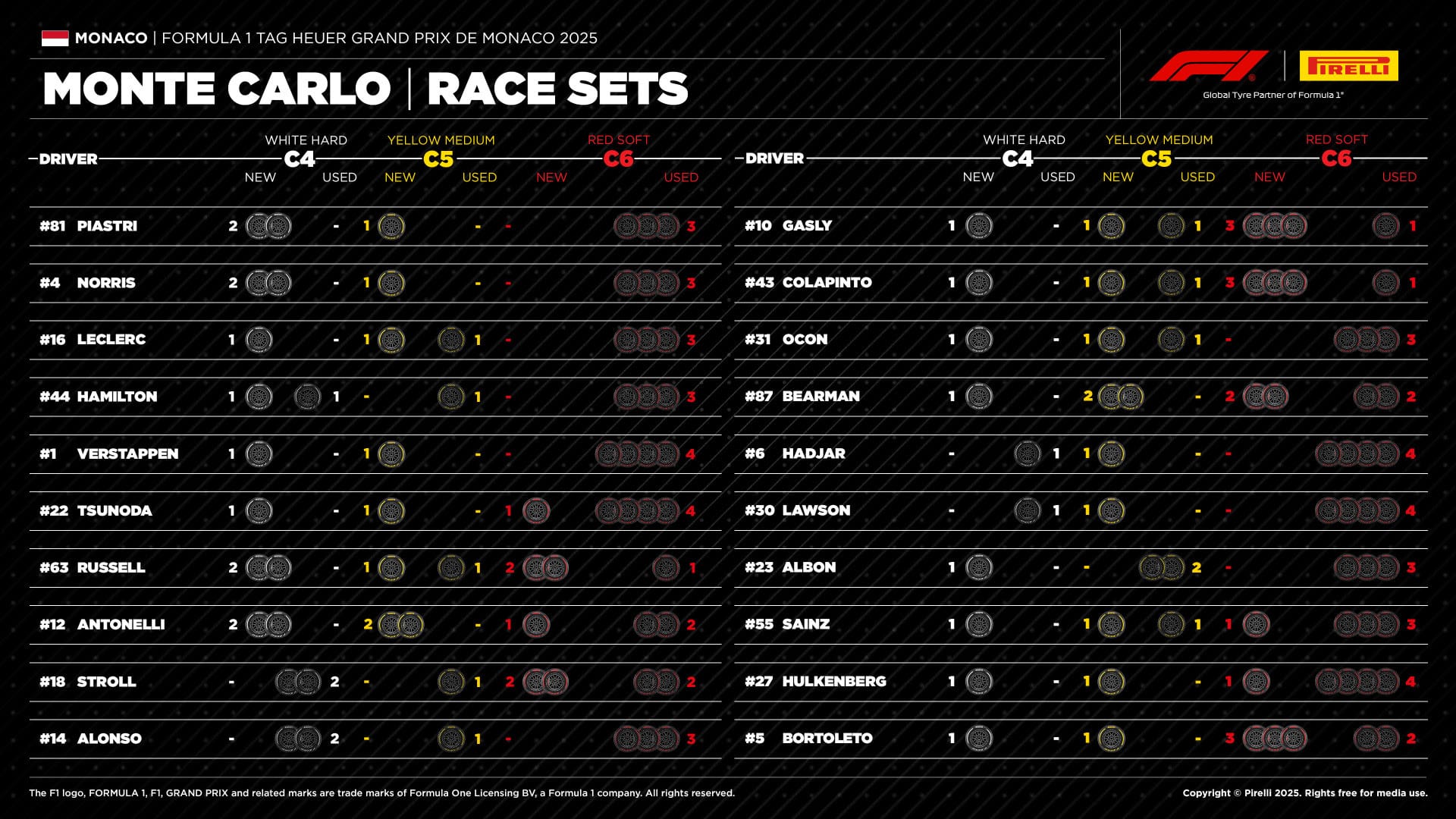
With so many variables at play in the race, and a wide range of offset tyre strategies, F1 teams are heading into the event well aware that there is no proactive way to manage things.
As Isola said: “Predicting a strategy for tomorrow is more or less impossible, because any combination is open and is possible. It is really difficult to understand. And if a strategy engineer is able to predict all the unknown elements, they are a genius.”
What is clear is that the old strategy of the leader backing up the pack to stop those behind having any traffic gaps to drop in to will not work.
For McLaren boss Andrea Stella, the dangers of someone doing some crazy behind to steal the win is not something that can be ruled out - especially if cars stuck down the pack start doing things to try to help their team-mates out.
“I think the risk is material,” he said. “The implication of the compulsory two stops is they are much wider than we thought initially.
“These implications also add to the factor that is dependent on you being at the front or you being at the back of the field, you can make significantly different choices.
“And then, as a function of red flags and safety cars, teamwork, we may see cars helping each other of the same team. This may lead to very, very different scenarios.”
